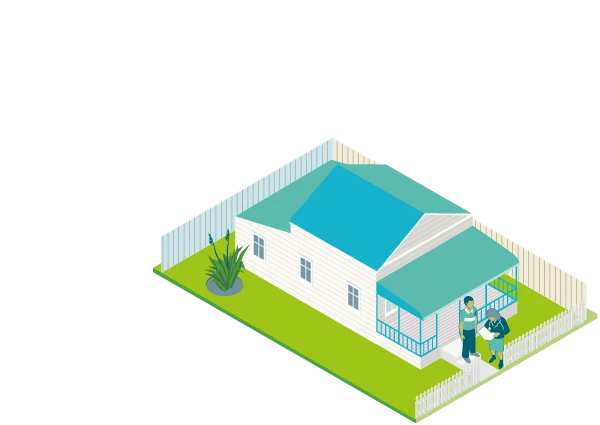Property inspections are important. Tenants and landlords should check the property together at the start of a tenancy to avoid problems later on.
Complete a property inspection
The residential tenancy agreement template includes the property inspection report. This form asks you to record the condition of the rental property and list any furniture or items that are included.
During the inspection it’s a good idea to take photos. This can help show the condition of the property.
Building a good relationship is important during the property inspection. Inspecting the rental together shows that everyone wants to help and be honest. This is also a great chance to ask questions or mention any maintenance problems.
Both the landlord and tenant(s) should sign, date, and keep a copy of the property inspection report.
Using the completed report
A completed inspection report can be useful as evidence if problems or disputes come up. Disputes can happen both during and after a tenancy.
When the tenancy ends, use the report to check that the property hasn’t been damaged. Any new damage can be identified by comparing it against the initial report. A tenant can’t be blamed for any damage that was recorded when the tenancy started.
Damage can be discovered after the initial inspection or after the end of the tenancy. It is important that there is evidence to show the damage, eg. photos. You should tell the other person about the damage as soon as possible, and ask for it to be added to the report. A 14-day notice to remedy may be issued either by the landlord or the tenant to help fix any problems.
Inspections are important for quake-damaged homes
What you should know before renting a property with earthquake damage
Last updated: 20 Whiringa-ā-rangi 2020



